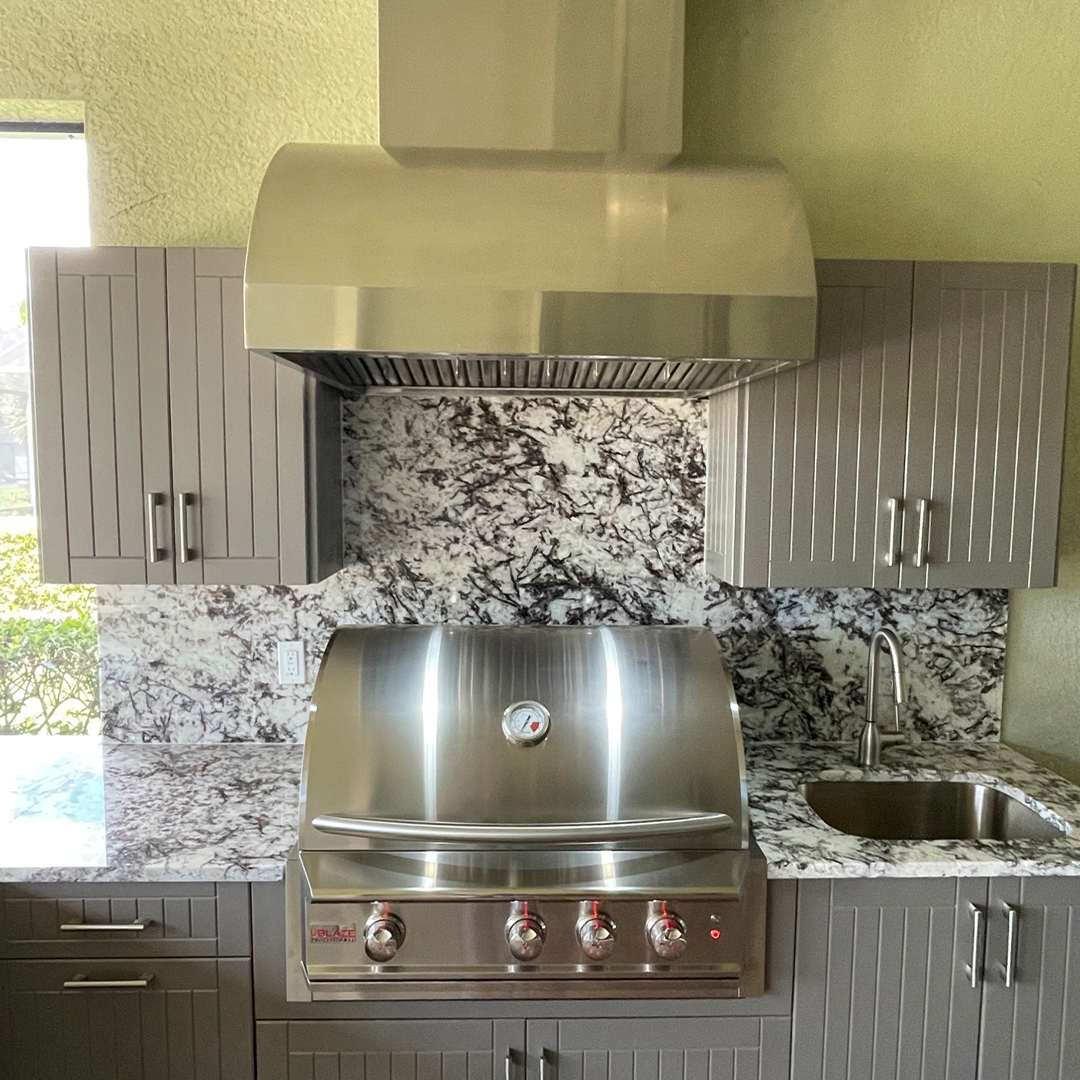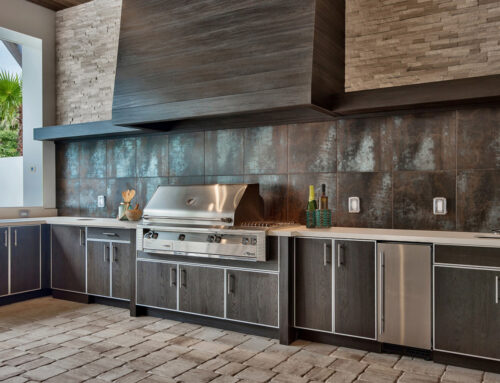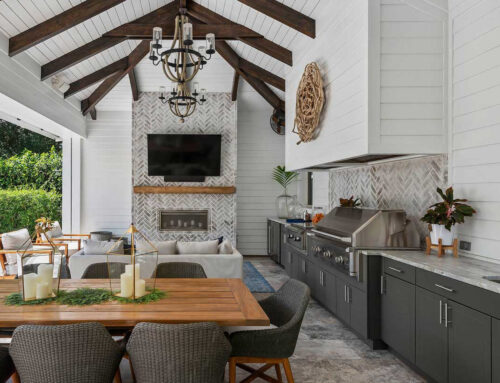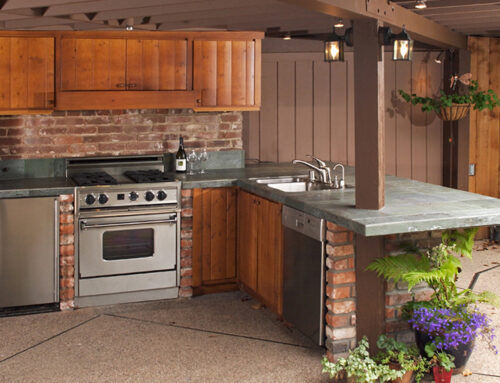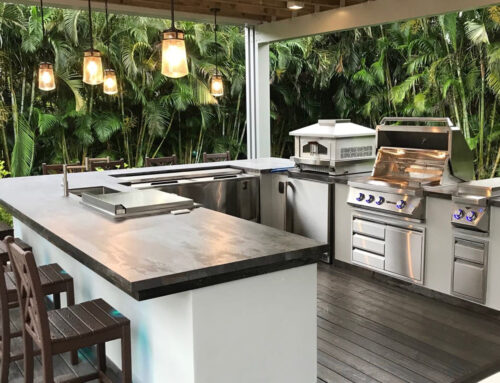Before you know it, spring will be upon us. Consider adding hardscaping if you feel your outdoor space needs some sprucing up. Hardscaping can add a good amount of value to your property when done well. Need some ideas to get you started? Look no further – we’ve got the tips you need.

- Complement your landscape: When you look out at your backyard, allow yourself to daydream. What do you think is missing? What can you picture fitting into the natural patterns of the area? Perhaps you think a patio would give you the entertainment space you want, or a pool would be perfect for the kids over the years. If you have a garden, maybe a wandering path through the beds would make maintenance and enjoying the space much more effortless. Once you have an idea of your ideal backyard hardscaping, sketch it out on paper or digitally. If you don’t feel confident enough, you can have a professional landscape architect help design it.
- Where will the water go? You alter the yard’s natural drainage when you add any type of hardscaping. It would be catastrophic if the new hardscape were tilted toward your house and caused damage to the foundation or flooding in your crawlspace. Always have hardscaping angled away from your house; ideally, it will tilt so that the water is directed toward the natural drainage points of the yard. To take advantage of this drain path, plant garden beds with water-loving plants along its route.
- Take a page out of nature’s book. Rarely do you find perfectly straight lines or sharp angles in nature. To help your hardscaping fit in seamlessly with the natural areas around it, design your paths, patios, and ponds with rounded edges and meandering flow. Incorporate plants wherever you can–have beautiful vases of lush greenery placed on decks and sitting areas, or allow moss or grass to grow in between flagstones on your walking path. These touches of green will make the hardscape feel like it belongs just as much as the other parts of the landscape.
- Consider the use of your hardscaping. Some materials will work better than others, depending on what you need them to do. For example, a stone path near a pool will need to handle the harsh chemicals contained in the water that will splash onto them. Some materials can withstand constant direct sunlight, while others do better in shaded areas. Patios need to be made of a material that is easy to clean and stain-resistant.
- Set your budget: The amount of money you can put into the project will make some decisions (such as scope, materials, etc.) much more straightforward. You may have lots of big ideas that you would love to eventually incorporate into your outdoor living space. If you don’t have the money to execute all projects at once, list your ideas and put them in priority order.
- Consult a professional: Most contractors will provide a free quote of the work you want to do–together, you can figure out what to have a professional handle and what you can do as a DIY project.
The team at West Coast Design Build Florida are experts at designing and installing beautiful backyard spaces. Whether reconfiguring your old deck or adding an outdoor gourmet kitchen, we can help to transform your outdoor living space and upgrade your property. Call today to learn more about all the potential your home and property holds.
